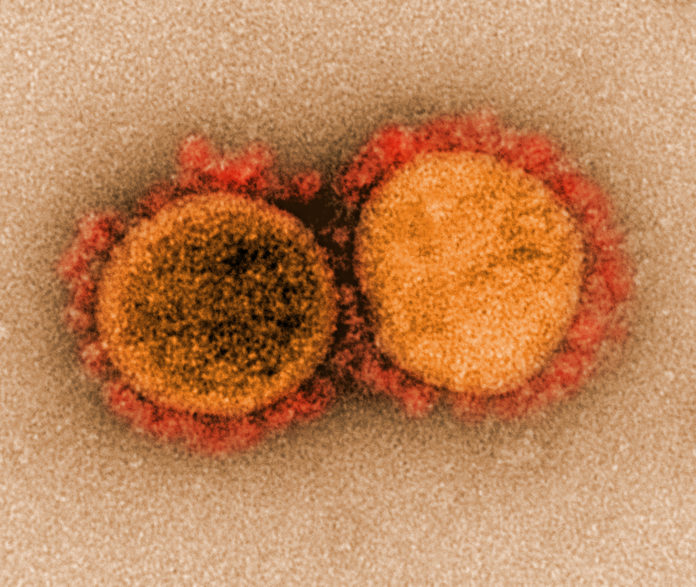A small study reported by researchers in Beijing and the United States found that 50% of patients treated for COVID-19 infection still carried the virus for up to eight days after their symptoms had disappeared. The authors, reporting their results in American Journal of Respiratory and Critical Care Medicine, say they don’t yet know whether the virus might still be capable of transmission at the late stages of disease. However, the results indicate that quarantine periods might need to be lengthened in some recovered patients.
“If you had mild respiratory symptoms from COVID-19 and were staying at home so as not to infect people, extend your quarantine for another two weeks after recovery to ensure that you don’t infect other people,” said corresponding and co-lead author Lixin Xie, MD, professor, College of Pulmonary and Critical Care Medicine, Chinese PLA General Hospital, Beijing. “The most significant finding from our study is that half of the patients kept shedding the virus even after resolution of their symptoms,” added co-lead author Lokesh Sharma, PhD, instructor of medicine, section of pulmonary, critical care & sleep medicine, department of medicine, Yale School of Medicine. “More severe infections may have even longer shedding times.”
Sharma, Xie, and colleagues reported their findings in a paper titled, “Time Kinetics of Viral Clearance and Resolution of Symptoms in Novel Coronavirus Infection.” Their message to communities is that “COVID-19 patients can be infectious even after their symptomatic recovery, so treat the asymptomatic/recently recovered patients as carefully as symptomatic patients.”
The team studied 16 confirmed COVID-19 patients who were treated and released from the Treatment Center of PLA General Hospital in Beijing, between January 28 and February 9, 2020. The patients had a median age of 35.5 years, and their primary symptoms included fever, cough, pain in the pharynx (pharyngalgia), and difficult or labored breathing (dyspnea). Patients were treated using a range of medications. Only one patient required respiratory support involving mechanical ventilation.
Researchers collected and analyzed samples from throat swabs taken from all patients on alternate days. SARS-CoV-2 virus was detected using polymerase chain reaction (PCR). Patients were discharged after recovery and the confirmation of negative viral status by at least two consecutive PCR tests. “Upon confirmation of the negative test, the patient was asked to quarantine at home for the next two weeks with a follow-up visit to the hospital after one week to confirm the viral negative status.”
The study found that time from infection to onset of symptoms (incubation period) was five days for all but one of the patients, and the average duration of symptoms was eight days. However, the length of time that patients remained contagious after resolution of their symptoms ranged from one to eight days. “Most importantly, half (8/16) of the patients remained viral positive (a surrogate marker of shedding) even after the resolution of symptoms,” the investigators wrote. Two patients had diabetes and one had tuberculosis, neither of which affected the timing of the course of COVID-19 infection.
“Further studies are needed to investigate if the real-time PCR-detected virus is capable of transmission in the later stages of COVID-19 infection,” Xie acknowledged. The investigators noted that another study in COVID-19 survivors reported similar viral clearance kinetics, whereas a separate study in which there was a mortality rate of greater than 40% indicated that the virus persisted for 20 days. “This information can provide useful tool for clinicians and policymakers to ensure that recovered patients do not spread the virus,” they noted.
The researchers concluded in their report, that their results provide insight into viral clearance kinetics and ability of the virus to persist, even after the resolution of symptoms, for more than a week, “which may pose a significant challenge in controlling the spread of the disease.”
They acknowledged that all of their patients had milder infections and recovered from the disease, and that the study looked at a small number of patients. The investigators also noted that it is also unclear whether similar results would hold true for more vulnerable patients such as the elderly, those with suppressed immune systems, and patients on immunosuppressive therapies.



